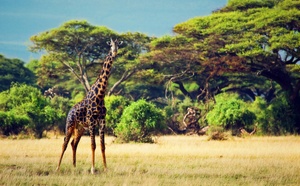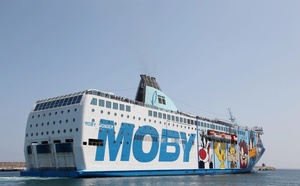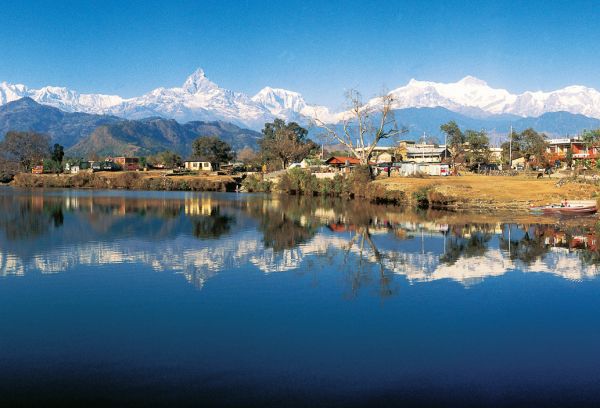
After the earthquake that ravaged Nepal last April, tourism professionals do not know yet if they’ll be able to send back clients next Fall. DR Voyageurs du Monde
The tourism future of Nepal seems quite gloomy.
One month following the powerful earthquake that caused the death of 8,600 people, including 10 French travelers, no tour-operator knows today if it will be able to send its clients back by next Fall, when the season starts again.
Lionel Habasque, the General Director of Voyageurs du Monde, is coming back from a three day trip in the country.
He insisted on thanking in person his local teams for their commitment towards the 150 clients of the group who were there during the catastrophe.
He also took advantage to give around 200,000 euros, collected through the tour-operator’s foundation and via client donations, directly to his local parters, meaning around 150 to 200 people.
Other tour-operators have also launched appeals for donations, such as Transat, that gave 25,000 euros to the association SOS Villages Enfants. Or the travel company Echangeons le Monde that has already collected and sent 11,000 euros to support the Sindhukot village.
The organization ATR also created a solidarity fund to collect donations and give them to known local NGOs, such as the one belonging to Matthieu Ricard Karuna, Shechen, or Samdo Avenir.
A solidarity walk was already organized during the weekend of the Pentecost.
One month following the powerful earthquake that caused the death of 8,600 people, including 10 French travelers, no tour-operator knows today if it will be able to send its clients back by next Fall, when the season starts again.
Lionel Habasque, the General Director of Voyageurs du Monde, is coming back from a three day trip in the country.
He insisted on thanking in person his local teams for their commitment towards the 150 clients of the group who were there during the catastrophe.
He also took advantage to give around 200,000 euros, collected through the tour-operator’s foundation and via client donations, directly to his local parters, meaning around 150 to 200 people.
Other tour-operators have also launched appeals for donations, such as Transat, that gave 25,000 euros to the association SOS Villages Enfants. Or the travel company Echangeons le Monde that has already collected and sent 11,000 euros to support the Sindhukot village.
The organization ATR also created a solidarity fund to collect donations and give them to known local NGOs, such as the one belonging to Matthieu Ricard Karuna, Shechen, or Samdo Avenir.
A solidarity walk was already organized during the weekend of the Pentecost.
Uncertainty concerning the state of the trails and local infrastructures
Today, reconstruction is the country’s priority, and it is looking to gather two billion dollars to finance itself.
A necessary step before even considering a return of tourists.
Because, before being able to get back to the conquest of the world’s highest peaks, travel companies will need to engage in major fieldwork, to assure themselves of the safety of the trails and infrastructures.
“It would be indecent to send clients to the Langtang valley where bodies are still buried under tons of boulders. However, some further and more outlying regions were sparred, such as the Mustang plain in the North-East, or the Dolpo in the North-West,” explains Lionel Habasque.
The group Voyageurs du Monde has around 2,000 and 2,500 clients travel every year. Accounting for a large portion of the 2,426 packages told by the SETO tour-operators in the year 2013-2014.
In 2013, 28,805 French travelers visited the country out of the 800,000 international visitors that go there every year.
In fact, some tourists already want to go back and prove their solidarity. “Of course, we register all of the subscriptions, but we cannot confirm anything before the month of September,” adds Lionel Habasque.
Julien Buot, the Director of ATR, believes that the recovery is going to be progressive. “We will need to make a geographic situational analysis and have a scientific understanding of what is going on there. We will need to carefully explain to travelers the level of natural risks to attempt to reassure them.”
Conferences will be organized around this theme during the festival Le Grand Bivouac, where Matthieu Ricard will be attending, a famous buddhist monk, of whom the foundation Karuna Shéchèn is one of the most active in providing aid to the Nepalese.
A necessary step before even considering a return of tourists.
Because, before being able to get back to the conquest of the world’s highest peaks, travel companies will need to engage in major fieldwork, to assure themselves of the safety of the trails and infrastructures.
“It would be indecent to send clients to the Langtang valley where bodies are still buried under tons of boulders. However, some further and more outlying regions were sparred, such as the Mustang plain in the North-East, or the Dolpo in the North-West,” explains Lionel Habasque.
The group Voyageurs du Monde has around 2,000 and 2,500 clients travel every year. Accounting for a large portion of the 2,426 packages told by the SETO tour-operators in the year 2013-2014.
In 2013, 28,805 French travelers visited the country out of the 800,000 international visitors that go there every year.
In fact, some tourists already want to go back and prove their solidarity. “Of course, we register all of the subscriptions, but we cannot confirm anything before the month of September,” adds Lionel Habasque.
Julien Buot, the Director of ATR, believes that the recovery is going to be progressive. “We will need to make a geographic situational analysis and have a scientific understanding of what is going on there. We will need to carefully explain to travelers the level of natural risks to attempt to reassure them.”
Conferences will be organized around this theme during the festival Le Grand Bivouac, where Matthieu Ricard will be attending, a famous buddhist monk, of whom the foundation Karuna Shéchèn is one of the most active in providing aid to the Nepalese.








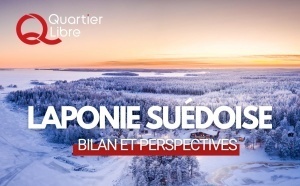

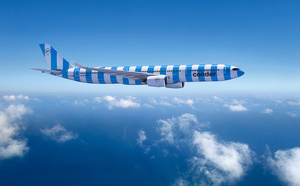



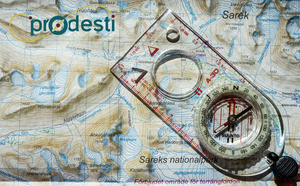





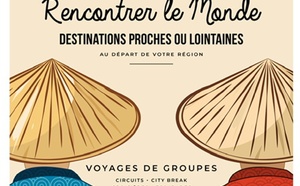
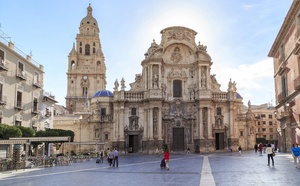




![Tourisme : où sont passés les Chinois ? [ABO] Tourisme : où sont passés les Chinois ? [ABO]](https://www.tourmag.com/photo/art/large_16_9/87929923-62307593.jpg?v=1744721842)
